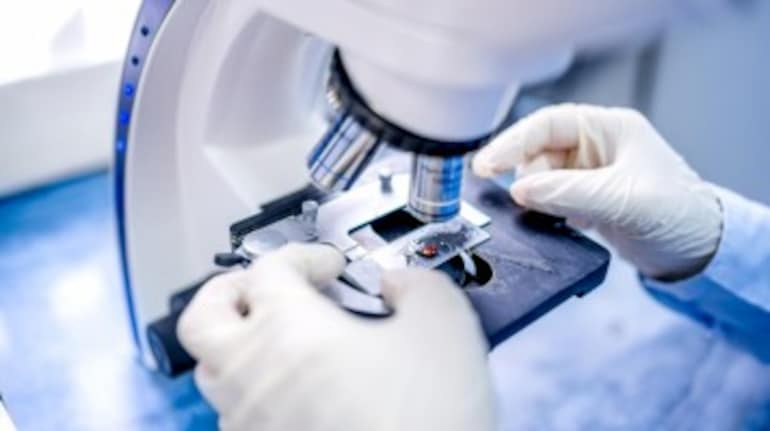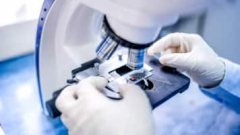
People will be shopping for health online, requesting medicines from a wearable, which in turn, could be sending a BP alert. Doctors and patients would be communicating on the cloud, on the move, while medicine tests would be happening proactively, even as medicines, treatment as well as prognosis could be turning extremely personalized. Organs (transplants, etc., Trials) will be redone in. Trials will fathom elusive answers and medicines will know exactly what to cure and where.
Wait, replace every ‘would be,’ ‘will be,’ ‘can be’ from there.
It is all happening or imminent enough. The way we see doctors and hospitals is all set to undergo a massive change – all thanks to technology.
The Future Beckons
Dr. Rafael Grossmann is a name that made a lot of headlines. Not for the surgery but the how of it. Yes, he has already done it and has become the first surgeon to wear Google Glass during an operation.
Wearable technology has moved beyond fitness trackers, and everyone from users to healthcare providers and a new realm of patients and practitioners are keenly applying it for better experience and administration of healthcare.
In fact, by 2018, some two million employees will be required to wear health and fitness tracking devices as a condition of employment, as per a Gartner reckoning. Emergency responders, such as police officers, firefighters, and paramedics, would need them for tapping heart rates and respiration, and potentially their stress levels, which could be remotely monitored and help could be sent immediately if needed.
Same goes for professional athletes, political leaders, airline pilots, industrial workers and remote field workers.
Think of self-driving cars, drones, holographic computing, wearables inside our body and how these technologies, are going to be in everyday use by 2025. As a Gartner analyst translates the shift – The next ten years will put the last ten to shame, generating an order of magnitude more change than anything we’ve witnessed thus far.
It is indeed hard to argue with – we’ve entered a permanent state of hyper-adoption, characterized by the rapid, simultaneous uptake of new technologies at an unprecedented rate.
As per an Accenture survey, 40% patients globally are willing to wear fitness tracking technology. At the same time, 73% executives find positive ROI from personalization technologies. Things are changing, for sure.
The Market Incision
USD 228.7 Billion! That’s the size of the cut that technologies are making in the overall healthcare IT market as soon as 2020. This reflects a CAGR of 13.4% during the forecast period of 2015 to 2020.
This would spur regulatory guidelines, government





